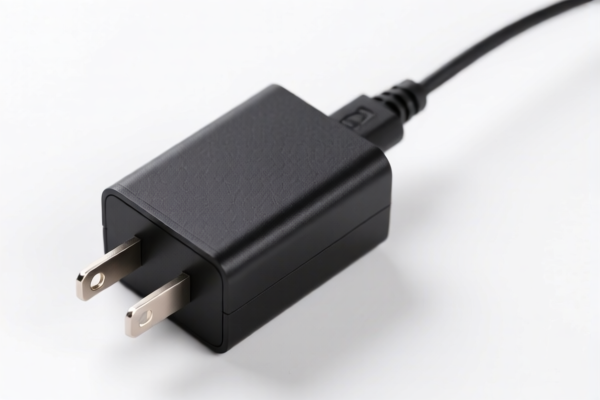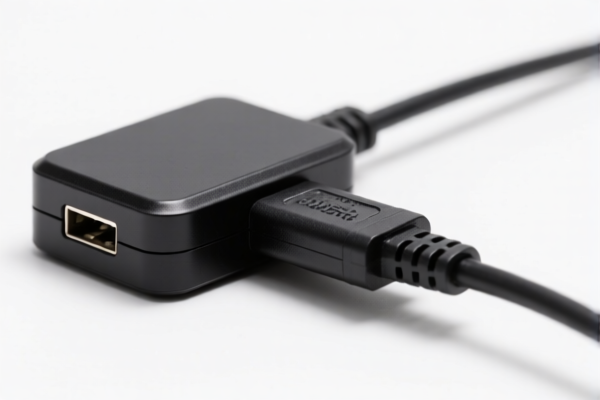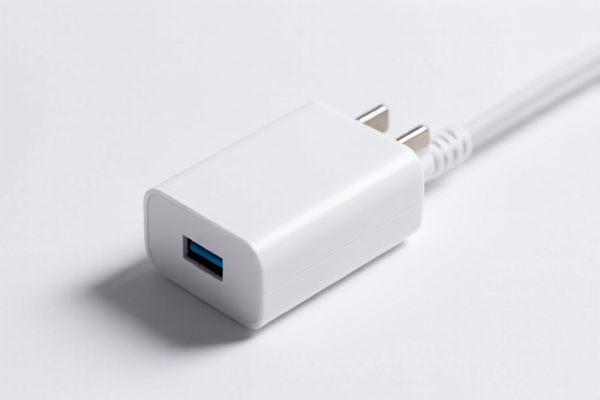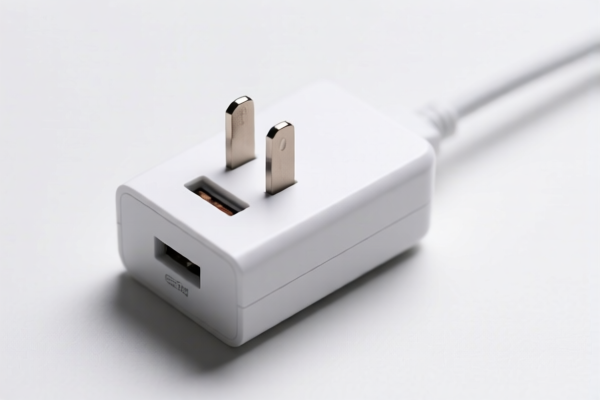| HS Code | Official Doc | Tariff Rate | Origin | Destination | Effective Date |
|---|---|---|---|---|---|
| 8487900080 | Doc | 83.9% | CN | US | 2025-05-12 |
| 8487900040 | Doc | 58.9% | CN | US | 2025-05-12 |
| 7318230000 | Doc | 80.0% | CN | US | 2025-05-12 |




Rivet Adaptor
A rivet adaptor is a tool used in conjunction with a rivet gun to facilitate the installation of rivets, particularly in applications where direct access with the rivet gun is difficult or impossible. It extends the reach of the rivet gun and provides a stable point of contact for applying force.
Material
Rivet adaptors are commonly manufactured from:
- Carbon Steel: Offers high strength and durability, often used for heavy-duty applications. Typically heat-treated for increased hardness.
- Alloy Steel: Provides enhanced strength and resistance to wear and corrosion compared to carbon steel.
- Stainless Steel: Used in corrosive environments or where rust prevention is critical.
Purpose
The primary purpose of a rivet adaptor is to:
- Extend Reach: Allows rivets to be installed in confined spaces or areas inaccessible to the rivet gun head.
- Provide Support: Offers a stable base for applying force, ensuring proper rivet setting and reducing the risk of deformation.
- Protect Surfaces: Prevents damage to surrounding materials during installation.
- Facilitate Angle Installation: Enables rivets to be set at angles not easily achievable with a standard rivet gun.
Function
A rivet adaptor functions by:
- Attachment: The adaptor is inserted into the nose assembly of the rivet gun, replacing the standard nosepiece.
- Positioning: The adaptor is positioned against the rivet shank, providing a solid contact point.
- Force Application: The rivet gun is activated, and the force is transferred through the adaptor to the rivet shank, causing it to deform and clamp the materials together.
- Retention: The adaptor often features a retention mechanism to hold the rivet shank in place during the initial stages of installation.
Usage Scenarios
- Automotive Repair: Installing rivets in body panels, interior trim, and structural components.
- Aircraft Maintenance: Riveting sheet metal components in aircraft structures.
- Sheet Metal Fabrication: Joining sheet metal parts in various manufacturing processes.
- Construction: Securing metal roofing, siding, and other building materials.
- DIY Projects: Home repairs, crafting, and other applications requiring rivet installation in tight spaces.
Common Types
- Straight Adaptors: Used for installing rivets in a straight line, providing maximum reach.
- Angle Adaptors (90-degree): Designed for installing rivets at a 90-degree angle, ideal for corners and tight spaces. Often available in various angles.
- Offset Adaptors: Used for installing rivets in areas with limited clearance, providing an offset angle for access.
- Universal Adaptors: Designed to fit a variety of rivet gun models and rivet sizes.
- Long Reach Adaptors: Provide extended reach for deep or difficult-to-access installations.
- Doll Adaptors: Used with hand setting tools, providing a stable base for applying force. (often used in conjunction with a rivet hammer)
Based on the provided information, “rivet adaptor” can be classified under the following HS codes:
- 7318230000: Screws, bolts, nuts, coach screws, screw hooks, rivets, cotters, cotter pins, washers (including spring washers) and similar articles, of iron or steel: Non-threaded articles: Rivets. This code covers rivets made of iron or steel, which could include rivet adaptors if they function as rivets or are closely related to rivet applications.
- 8308203000: Clasps, frames with clasps, buckles, buckle-clasps, hooks, eyes, eyelets and the like, of base metal, of a kind used for clothing or clothing accessories, footwear, jewelry, wrist watches, books, awnings, leather goods, travel goods or saddlery or for other made up articles; tubular or bifurcated rivets, of base metal; beads and spangles, of base metal: Tubular or bifurcated rivets: Of iron or steel and not brightened, not lathed and not machined. This code applies if the rivet adaptor is a type of tubular or bifurcated rivet made of iron or steel and is not further processed (brightened, lathed, or machined).
- 8308206000: Clasps, frames with clasps, buckles, buckle-clasps, hooks, eyes, eyelets and the like, of base metal, of a kind used for clothing or clothing accessories, footwear, jewelry, wrist watches, books, awnings, leather goods, travel goods or saddlery or for other made up articles; tubular or bifurcated rivets, of base metal; beads and spangles, of base metal: Tubular or bifurcated rivets: Other. This code applies if the rivet adaptor is a tubular or bifurcated rivet made of iron or steel but does not meet the criteria of being “not brightened, not lathed and not machined”.
Tax Rate Details:
For 7318230000, the base tariff is 0.0%, with an additional tariff of 25.0%. After April 2, 2025, the additional tariff increases to 30% for steel and aluminum products, resulting in a total tariff of 80.0%.
For 8308203000 and 8308206000, the base tariff is 0.0%, with an additional tariff of 25.0%. After April 2, 2025, the additional tariff increases to 30%, resulting in a total tariff of 55.0%.
Important Note:
Regarding HS code 7318230000, please note the need to verify the material (steel or aluminum) as the additional tariff changes after April 2, 2025.
Customer Reviews
No reviews yet.